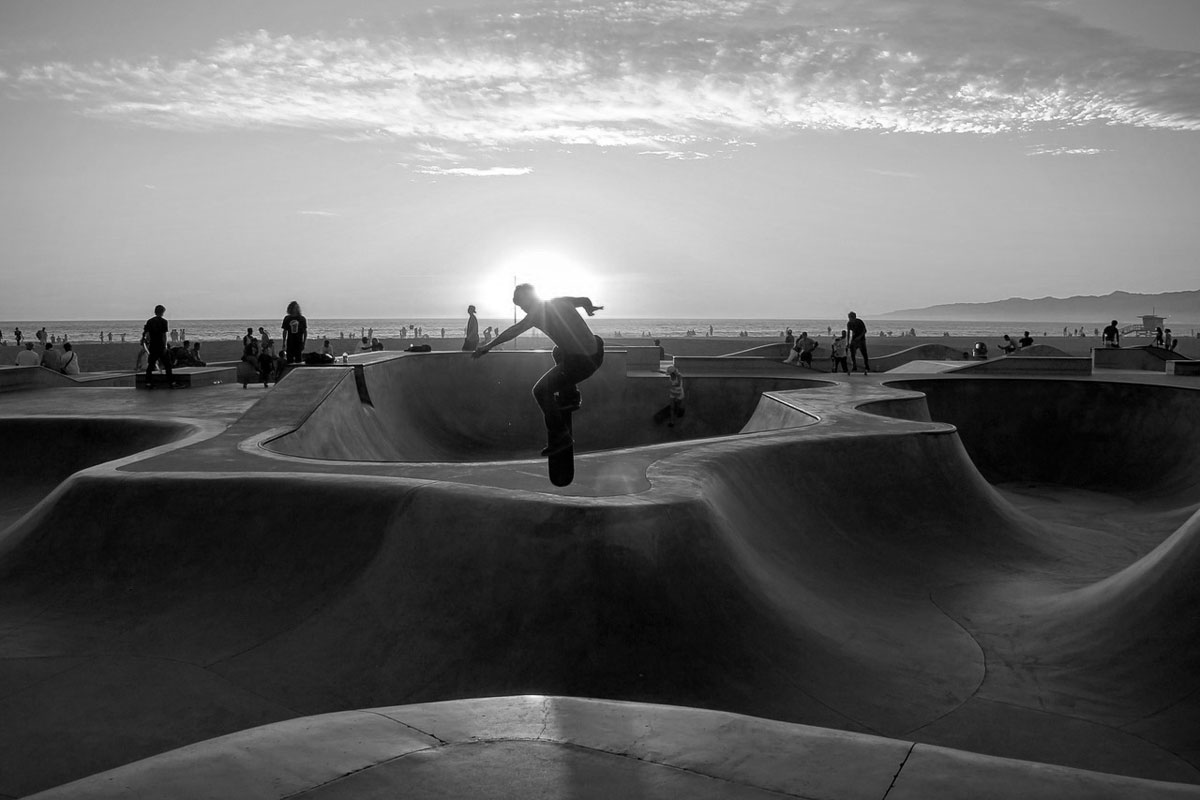Skateboarding is about pushing yourself, skill progression, and setting goals.
If you are an adult beginner or just returning to skateboarding in your 20s, 30s, 40s, 50s, and beyond, setting achievable goals based on your current skill level is important.
In this blog post, I will discuss some of the best methods to create and accomplish your skateboarding goals.
Focus on Goals that Inspire & Motivate You
If you are new to skateboarding or just getting back into the sport, the best piece of advice I can give is to “Start Off Slow”.
At the beginning of your journey, It’s best to focus on skateboard goals that inspire and motive you to progress towards becoming a better skateboarder. In my blog post, titled “How to Get Back into Skateboarding”, I mentioned that I got back into skateboarding, after a long hiatus. My journey started by binge watching a bunch of tips and tricks videos on YouTube. I also found myself watching and enjoying skateboarding progression videos, which was very motivational and helpful.
The following is a list of some realistic skateboarding goals that I found are achievable in the first days, weeks, and months of your skateboard progression:
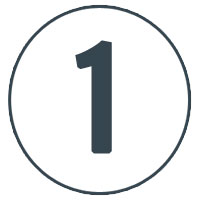
Skateboarding Tips, Tricks, and Progression Videos
Watching skateboarding tips, tricks, and progression videos can be a great source of motivation and inspiration to start your journey back into skateboarding.
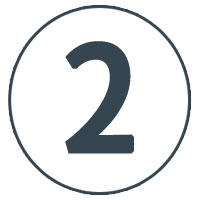
Visualization
Accomplishing a goal will become much easier if you visualize it prior to achieving that specific goal.

Visualization
Accomplishing a goal will become much easier if you visualize it prior to achieving that specific goal. The mind is a very powerful tool and just like a computer, once it’s written in the program (i.e. mind) the software will eventually show the result on screen (i.e. reality).
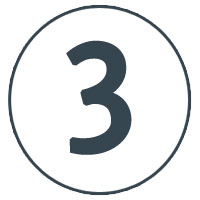
Take Action
Let’s be real, watching skateboarding tips, tricks, progression videos, and visualizing for days isn’t going to magically make you become a better skateboarder. Once you feel inspired and motivated to get into or back on a skateboard, the next step is to take action. An example, would be to invest in a complete skateboard and appropriate skateboard protective gear.

Take Action
Once you feel inspired and motivated to get into or back on a skateboard, the next step is to take action.
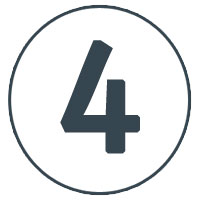
Practice – Basic Skateboard Tips and Tricks for beginner steps [listed below]
Find your Stance
According to wikihow.com (How to Determine if You’re Regular or Goofy Foot), “Your stance is which foot is in front of the other when you’re riding. Regular means to stand on the board with your left foot forward. Your right foot will be behind it, near the tail of the board. Goofy is the opposite of regular – your right foot is forward and your left foot is back near the tail.”
To determine your skateboard stance, stand straight, preferably on soft carpet or on grass, look straight, and have somebody gently push you from behind. After moving , the foot that you first place forward is considered your lead foot, therefore, it will determine if you are regular (left foot forward) or goofy (right foot forward) skateboard rider.
Pushing, Cruising, and Braking
For beginners and returning skateboarders, pushing, cruising, and braking on your skateboard is a great starting point. Practicing this around your neighborhood or parking lot is the best way to master these basic techniques. Just make sure to keep pushing and cruising on your board until you feel 100% comfortable, balanced, and stable on your skateboard.
Carving and Turning
Once you feel balanced and stable on your skateboard, start practicing how to carve and turn your board.
Carving your Skateboard
Carving is all about taking on turns by leaning towards the direction you want to go while riding your skateboard. It’s a type of riding technique that allows the skateboarder to turn back and forth in a wide zig-zag formation.
Learn a Beginner Trick
One of the most basic skateboard tricks is called the “Ollie”.
According to Wikipedia: “The ollie is a skateboarding trick where the rider and board leap into the air without the use of the rider’s hands.”
The following short video does a great job on explaining how to easily learn to ollie on your skateboard:
Dropping In
What does it mean to drop in when referring to skateboarding?
To drop in while riding a skateboard refers to the act of transitioning from a flat surface down a steep transition and back onto a flat surface.
Skateboarders use the term “dropping in” when referring to skating vert ramps such as a quarter pipe, half pipe, bowl, or pool structure.
Dropping into a vert ramp, quarter pipe, half pipe, bowl, or pool whether small or large isn’t that technically difficult when it comes to physical effort and inertia. On the other hand, if you are a beginner or just getting back into skateboarding, it can be a huge mental challenge. Let’s face it dropping down a large steep decline on a skateboard can be scary, especially, during your first few attempts.
As someone whom is just getting back into skateboarding, I found that the best method to get the feel for dropping into and riding down a decline transition is to first start by practicing on small ramps. These type of beginner small ramps can be found at most local skate parks or even school, office, and local municipal buildings that have multiple walk way and entrance ramps.
Learning how to skateboard down small decline ramps will help you get the feel of leaning forward, committing, and dropping into the transition .
Once comfortable, you can move onto practicing dropping into a larger and steeper transition, such as a skateboard mini ramp.

Practice – Basic Skateboard Tips and Tricks for beginner
Find your Stance
According to wikihow.com (How to Determine if You’re Regular or Goofy Foot), “Your stance is which foot is in front of the other when you’re riding. Regular means to stand on the board with your left foot forward. Your right foot will be behind it, near the tail of the board. Goofy is the opposite of regular – your right foot is forward and your left foot is back near the tail.”
To determine your skateboard stance, stand straight, preferably on soft carpet or on grass, look straight, and have somebody gently push you from behind. After moving , the foot that you first place forward is considered your lead foot, therefore, it will determine if you are regular (left foot forward) or goofy (right foot forward) skateboard rider.
Pushing, Cruising, and Braking
For beginners and returning skateboarders, pushing, cruising, and braking on your skateboard is a great starting point. Practicing this around the neighborhood or a parking lot is the best way to master these basic techniques. Just make sure to keep pushing and cruising on your board until you feel 100% comfortable, balance, and stable on your skateboard.
Carving and Turning
Once you feel stable and balance on your skateboard, start practicing how to carve and turn your board.
Carving your Skateboard
Carving is all about taking on turns by leaning towards the direction you want to go while riding your skateboard.
Learn a Beginner Trick
One of the most basic skateboard tricks is called the “Ollie”.
The following short video does a great job on explaining how to easily learn to ollie on your skateboard:
Dropping In
What does it mean to drop in when referring to skateboarding?
Drop In while riding a skateboard refers to the act of transitioning from a flat surface down a steep transition and back onto a flat surface.
As someone whom is just getting back into skateboarding, I found that the best method to get the feel for dropping into a decline transition is to first start by practicing on small ramps. These type of beginner small ramps can be found at most local skate parks or even school, office, and local municipal buildings that have multiple building entrance ramps.
Learning how to skateboard down small decline transitions will help you get the feel of leaning forward, committing, and dropping in.
How to Get Back into Skateboarding?
Learn >>
Set SMART Goals
What is SMART?
According to Mind Tools (https://www.mindtools.com/), online article “SMART Goals, How to Make Your Goals Achievable”:
“SMART is an acronym that you can use to guide your goal setting.”
“SMART is an effective tool that provides the clarity, focus and motivation you need to achieve your goals. It can also improve your ability to reach them by encouraging you to define your objectives and set a completion date. SMART goals are also easy to use by anyone, anywhere, without the need for specialist tools or training.”
SMART Goals for Skateboarding
Specific
Be specific and clear on what will it take to achieve your goals and what will it look like once it has been achieved.
Example: I will practice daily “how to pop an ollie” on my skateboard. This goal will be reached once I am able to pop an ollie and land with both feet back on my skateboard.
Measurable
Make sure your goals are measurable and that you track your progress. Measurable progress in skateboarding via way of ongoing practice will provide motivation and confidence.
Example: I will land “10” clean skateboard ollies in a row, whether stationary or moving.
Attainable
Work on attainable and realistic goals
Example: If you lack balance (feet unstable and consistently falling off skateboard) while stationary or riding your skateboard, it’s better to first focus on cruising and practicing on simple flat terrain maneuvers (i.e. turns, carving).
Relevant
Focus on goals that are relevant to your skill level.
Example: Examine and accept your current skateboarding skill level (i.e. beginner, intermediate), and for now, focus on the skateboard maneuvers and tricks that are relevant to you.
Timely
Set a specific deadline to achieve each of your skateboarding goals.
Example: I will practice popping an ollie on my skateboard and in 90 days or less, I will achieve my goal of landing “10” clean skateboard ollies in a row.
What is SMART?
According to Mind Tools (https://www.mindtools.com/), online article “SMART Goals, How to Make Your Goals Achievable”:
“SMART is an effective tool that provides the clarity, focus and motivation you need to achieve your goals. It can also improve your ability to reach them by encouraging you to define your objectives and set a completion date. SMART goals are also easy to use by anyone, anywhere, without the need for specialist tools or training.”
SMART Goals for Skateboarding
Specific
Be specific and clear on what will it take to achieve your goals and what will it look like once it has been achieved.
Measurable
Make sure your goals are measurable and that you track your progress. Measurable progress in skateboarding via way of ongoing practice will provide motivation and confidence.
Attainable
Work on attainable and realistic goals
Relevant
Focus on goals that are relevant to your skill level.
Timely
Set a specific deadline to achieve each of your skateboarding goals.
Write your Goals Down
There is something very magical about writing goals down on paper and eventually witnessing it in come into reality.
When it comes to your Skateboarding Goals, the action of writing your goals down on paper helps to create a vision in your mind of your future self and achievements. Written goals are much more powerful than just the goals that you keep in your mind, because, it serves as a constant visual guide to where you are and what you want to achieve.
According to this online Forbes article titled “Neuroscience Explains Why You Need To Write Down Your Goals If You Actually Want To Achieve Them”:
“Vividly describing your goals in written form is strongly associated with goal success, and people who very vividly describe or picture their goals are anywhere from 1.2 to 1.4 times more likely to successfully accomplish their goals than people who don’t. That’s a pretty big difference in goal achievement just from writing your goals on a piece of paper.”
There is something very magical about writing goals down on paper and eventually witnessing it in come to reality.
When it comes to your Skateboarding Goals, the action of writing your goals helps to create a vision in your mind of your future self and achievements. Written goals are much more powerful than just the goals that you keep in your mind, because, it serves as a constant visual guide to where you are and what you want to achieve.
How to write your Skateboarding Goals on paper
Focus, Decide, and Write down, what you want to accomplish
Example: My goal as a returning skateboarder in my 40’s is to learn how to ride a mini half pipe ramp. I understand that I am a beginner skill level, but, I am willing to practice until I feel confident and can successfully ride a mini ramp.
Write Down and Visualize what you would like to accomplish
Example: I would like to be able to confidentially drop into a mini ramp without falling.
Write Down a Deadline for your goal
Example: My goal is to learn how to drop into a mini ramp prior to the end of this year.
Write down Compelling Reasons for accomplishing your specific goal
Example: The reason that I want to learn how to ride a mini ramp is because it’s been a life long goal of mine. As a child, growing up, I only street skated because nobody in my town had a half pipe. In the 80’s, reading skateboarding magazines (Transworld, Thrasher) and watching VHS videos gave me a glimpse into the world of half pipe skateboard riding.
Brainstorm and write down specific actions
Example: In order for me to reach my goal of learning how to ride a mini ramp, I must confirm that I have access to a public skate park with a mini ramp. Next, I will visit my local skate shop and purchase a new complete skateboard setup and appropriate protective skate gear (skateboard helmet, knee pads, elbow pads, and wrist guards) for my age, size, and skill level. Once I have my new skateboard and protective gear, I will visit the skate park on a regular basis and practice riding on the mini ramp for at least ½ – 1 hour each visit. To help speed up the learning process, I will also watch online tutorial videos that demonstrate the best method and techniques on how to ride a skateboard mini ramp.
- Focus, Decide, and Write down, what you want to accomplish
- Write Down and Visualize what you would like to accomplish
- Write Down a Deadline for your goal
- Write down Compelling Reasons for accomplishing your specific goal
- Brainstorm and write down specific actions
Create an Action Plan
What is an action plan?
According to Wikipedia (https://en.wikipedia.org/wiki/Action_plan)
“An action plan is a detailed plan outlining actions needed to reach one or more goals. Alternatively, it can be defined as a “sequence of steps that must be taken, or activities that must be performed well, for a strategy to succeed”.”
Why develop an action plan?
If you are an adult beginner or just returning to skateboarding in your 20s, 30s, 40s, 50s and beyond, spending much time on a skateboard can be a challenge. As we grow older our lives tend to become much more busy and taking on another activity is tough. The challenge, if you are truly interested in getting back into skateboarding, will be to find the time to dedicate to the sport. That’s why, developing a simple to follow action plan might be right for you.
What are the benefits of an action plan?
- Provides focus and clarity
- Keeps you on track
- Prioritization of tasks
- Easily track progress
Steps to writing an action plan

Define your goals
- Be specific and clear
- Write your goal(s) with detail
- As a guideline, when defining your goal(s), refer to the SMART Goal method (see above)
- Example: My goal as a returning skateboarder in my late 40’s is to learn to skate a mini ramp.
Define your goals
- Be specific and clear
- Write your goal(s) with detail
- As a guideline, when defining your goal(s), refer to the SMART Goal method (see above)
- Example: My goal as a returning skateboarder in my late 40’s is to learn to skate a mini ramp.

List the steps to follow for achieving your goals
- Create a step by step list of attainable tasks to complete with the intention of reaching your goal(s) by a specific target date.
Step by step list example:
| Completed (Y/N) | Task | Description | Target Date |
|---|---|---|---|
| Y | Skateboard & Protective Gear | Purchase new complete skateboard and protective gear. | 10/31/21 |
| N | Practice (2-3 days per week) – Basic Skateboard Maneuvers | Focus on skateboard basics such as: pushing, cruising, and braking. | 11/15/21 |
| N | Practice (2-3 days per week) – Dropping in on decline ramps. | Visit local skateboard park and practice dropping in on small decline ramps and work my way towards the larger ramps. | 12/31/21 |
List the steps to follow for reaching your goals
- Create a step by step list of attainable tasks to complete with the intention of reaching your goal(s) by a specific target date.

Determine the required resources and budget to reach your goal
- Example: The resources I need to reach my goal of learning to skateboard a mini pipe is a complete skateboard setup and protective gear. Also, I will need to have access to a local skateboard park or facility that has multiple sized decline transition ramps and preferably a mini half pipe. Starting off, my estimated budget is $300 for the purchase of the complete skateboard and protective gear (helmet, knee pads, elbow pads, and wrist guards).
Determine the required resources and budget to reach your goal
- Example: The resources I need to reach my goal of learning to skateboard a mini pipe is a complete skateboard setup and protective gear. Also, I will need to have access to a local skateboard park or facility that has multiple sized decline transition ramps and preferably a mini half pipe. Starting off, my estimated budget is $300 for the purchase of the complete skateboard and protective gear (helmet, knee pads, elbow pads, and wrist guards).

Create an action plan that anybody can follow
- Your action plan should be so easy to follow that someone whom isn’t familiar with skateboarding can understand your goal objective.
Create an action plan that anybody can follow
- Your action plan should be so easy to follow that someone whom isn’t familiar with skateboarding can understand your goal objective.
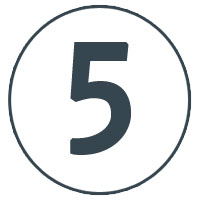
Track your progress
- Re-visit your action plan on a regular basis and evaluate your ongoing and completed tasks.
- Make sure to update your completion target date if you feel that you need more time.
Track your progress
- Re-visit your action plan on a regular basis and evaluate your ongoing and completed tasks.
- Make sure to update your completion target date if you feel that you need more time.
Stick to the Plan
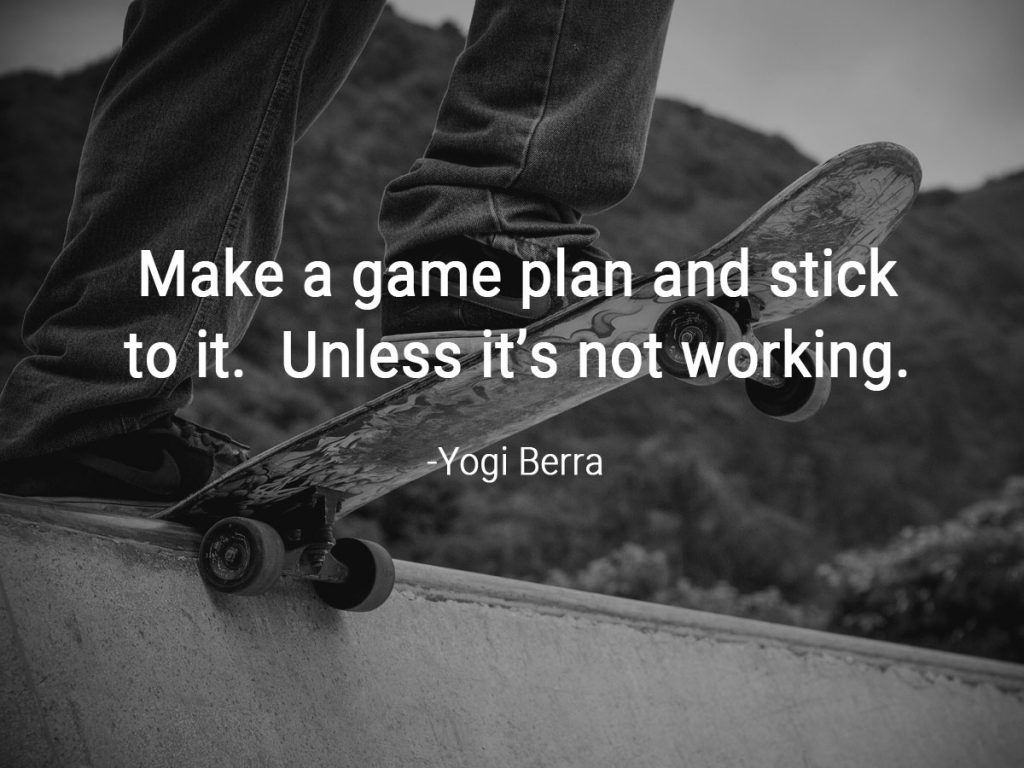
By now, you should have a clear understanding of your skateboarding goals and have created an easy to follow action plan to achieve those goals.
The final step and sometimes the most difficult is sticking to your action plan.
To assist with the process, I listed some of the commons reasons we don’t and tips on how to stick to the plan.
Common Reasons We Don’t Stick to our Plan
- We don’t truly enjoy skateboarding
- We find that learning to skateboard is too difficult and give up
- We easily talk our self or let others talk us out of our skateboarding goals
- We simply have too many other activities going on that don’t give us time to learn how to skateboard
- We are not motivated
Tips for Sticking to your Plan

Set Small Goals
- When just beginning or getting back into skateboarding, it’s best to set small achievable goals that lead to the main goal.
- Example: To reach my goal of learning how to ride a mini pipe, I must first learn to be comfortable riding down small transition ramps.
Set Small Goals
- When just beginning or getting back into skateboarding, it’s best to set small achievable goals that lead to the main goal.
- Example: To reach my goal of learning how to ride a mini pipe, I must first learn to be comfortable riding down small transition ramps.

Write it Down
- Write down your skateboarding goals so that you can easily remember them and track your progress.
Write it Down
- Write down your skateboarding goals so that you can easily remember them and track your progress.

Set Achievable Target Dates
- At the very beginning, focus on 1 – 2 skateboarding goals that you can easily achieve within a few days or maximum a week.
- Example: If you are a beginner skateboarder, learning to push, cruise, and brake on your skateboard can be achieved within the first few days to a week.
Set Achievable Target Dates
- At the very beginning, focus on 1 – 2 skateboarding goals that you can easily achieve within a few days or maximum a week.

Reward Yourself
- As you accomplish each small skateboarding goal that you set for yourself and advance towards your main goal, it’s important to reward yourself.
- Example: Celebrate your skateboarding goal achievements by purchasing something skateboard related (i.e. new sticker for your skateboard) that will remind you of your accomplishment.
Reward Yourself
- As you accomplish each small skateboarding goal that you set for yourself and advance towards your main goal, it’s important to reward yourself.

Accountability Buddy
- The purpose of an accountability buddy is to motivate and help you stay on track towards reaching your skateboarding goals.
- Preferably, choose an accountability buddy that shares an interest in skateboarding.
- Create an ongoing plan that includes regular meetups and practice sessions.
Accountability Buddy
- The purpose of an accountability buddy is to motivate and help you stay on track towards reaching your skateboarding goals.
- Preferably, choose an accountability buddy that shares an interest in skateboarding.
- Create an ongoing plan that includes regular meetups and practice sessions.
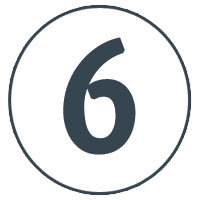
Have Fun
- If you are in your 20s, 30s, 40s, 50s, or beyond and just beginning or returning to skateboarding, most likely, nobody is pressuring you to learn how to skateboard. Realistically, you are solely skateboarding for your own pleasure and enjoyment . With that said, enjoy the process, and most of all “Have Fun”!
Have Fun
- If you are in your 20s, 30s, 40s, 50s, or beyond and just beginning or returning to skateboarding, most likely, nobody is pressuring you to learn how to skateboard. Realistically, you are solely skateboarding for your own pleasure and enjoyment . With that said, enjoy the process, and most of all “Have Fun”!
Conclusion
The process of setting skateboarding goals, creating an action plan, and following through with the plan is essential, especially, when you are a beginner or returning skateboarder.
Setting specific goals and achieving each of them will provide you with a huge boost of confidence and propel you to continue and move forward in your skateboarding journey.
Remember, all goals you set for yourself in life are achievable when you have a clear action plan!

